The most exciting phrase to hear in science, the one that heralds new discoveries, is not "Eureka" but "That's funny ...” - Isaac Asimov
Greetings, fellow Bohron
Antimatter has been a trending topic of discussion in science for quite a few years now. The whole “matter” of matter and antimatter coming in contact and then BAM! — resulting in an explosion, it really makes everyone excited about this marvel of physics. As we get to know more about breakthroughs achieved in CERN’s experiments, one keeps on wondering what more LHC has to offer.
But what does it mean by antimatter? How was it discovered? Can it occur naturally? How far our research has led us? Let’s find out.

Producing Anti-atoms and Anti-chemistry
Each particle has an antiparticle, whose all properties are identical to the particle except that it carries an opposite charge. Positron (antielectron) was the first antiparticle to be discovered. The positron carries a positive charge. It was discovered in photographs of cosmic rays taken in a cloud chamber.
In 1955, antiproton was discovered by the action of Bevatron, a particle accelerator at UC, Berkeley. As you may have guessed, an antiproton carries a negative charge.

Are anti-elements, antipeople, anti-Earths, and even anti-universes possible? At least, in theory, the answer is YES.
In an ordinary atom, electrons revolve around protons (which are part of the nucleus) in orbits. In an anti-atom, positrons circulate around antiprotons. Anti-atoms have already been produced. Antihydrogen was first detected in the 1990s. It is made up of a positron orbiting an antiproton. Antihydrogen is produced artificially in particle accelerators.
Fermilab at Illinois and CERN at Geneva are the world’s two leading particle physics laboratories that specialize in creating antimatter in giant particle accelerators by the application of high-energy physics.
The Dirac Sea Theory
Paul Dirac, one of the pioneers of the Quantum Revolution, was the first to predict the existence of antimatter in 1928. Schrodinger’s equation described the nature of electrons only at low speeds. At high velocities — where the laws of relativity become significant enough to be taken into account — the theory failed.
So in an attempt to reconcile relativity with quantum mechanics, Dirac derived his relativistic equation for the electron, now known as the Dirac equation. There he realized that the energy-momentum relation:
E² = (mc²)² + (pc)²
is only partially correct.

Dirac Theory implied that the vacuum of space is full of negative energy. This negative energy is carried by the so-called virtual particles. This meant that the lowest energy state that a particle could possess wasn’t zero but negative. Too abstract to believe!

To provide justification for his theory, Dirac proposed the concept of the "Dirac sea". According to the theory of the Dirac sea, all negative energy states were already filled up, and hence an electron could not tumble down into a negative energy state.
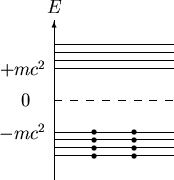
When sufficiently high energy radiation would collide with an electron in a negative energy state, it would be kicked up into a state of positive energy. To us, it would seem that the radiation has been converted into an electron. The vacancy left by the electron in the negative state it possessed earlier, would be called a "hole" in the Dirac sea. The hole would have a positive charge and the same mass as the original electron. In other words, the hole would behave like an antielectron.

This way the Dirac sea theory predicted the existence of antimatter.
Four years later, physicist Carl Anderson’s observation of positron resulted in Dirac being awarded the Nobel Prize in 1933. For his discovery, Anderson won the same prize in 1936.
Naturally Occurring Antimatter
If we assume that at the time of the big bang, equal quantities of matter and antimatter were present, then why our universe is made up mainly of matter, rather than antimatter? No one knows for sure.
Soviet nuclear physicist Andrei Sakharov was the first to propose a solution to this problem. Sakharov theorized that there was a slight imbalance in the amount of matter and antimatter at the time of the big bang. How?
This is still an open question today and is known as the Baryon asymmetry problem. It is one of the greatest unsolved mysteries in physics.

Sakharov's theory posits that our visible universe is a leftover from a near-perfect cancellation between matter and antimatter that occurred during the big bang. If this is true, small pockets of antimatter may occur naturally. An electron-positron annihilation produces gamma rays of energy of 1.02 million electron volts. If we search our universe for gamma rays of this energy, we could find the "fingerprint" for naturally occurring antimatter.
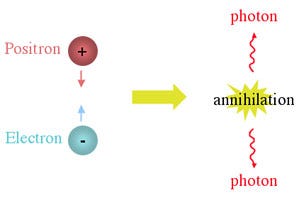
To look for antimatter in space, four nations: Russia, Italy, Germany, and Sweden collaboratively launched the PAMELA (Payload for Antimatter-Matter Exploration and Light-nuclei Astrophysics) satellite in 2006. The aim was to detect cosmic rays from supernovae, and anti-helium, which was thought to be produced in the interiors of anti-stars.
An excess of positrons was found in the range 10–60 GeV. Antiprotons were also detected in the Van Allen belt. In a nutshell, data from PAMELA clearly indicated the presence of antimatter. The operations of PAMELA were ceased in 2016.
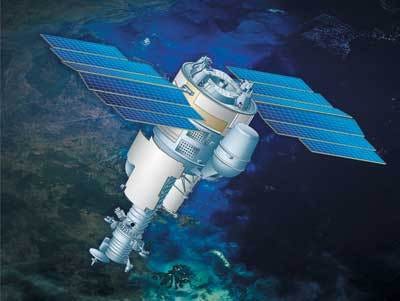
The Story of Antimatter
Let’s sum up the history of antimatter:
Theoretical Breakthroughs
30 June 1905
Albert Einstein publishes his theory of Special Relativity.17 April 1912
Victor Hess discovers cosmic rays.27 January 1926
Erwin Schrödinger and Werner Heisenberg devise a quantum theory.02 January 1928
Dirac's equation predicts antiparticles.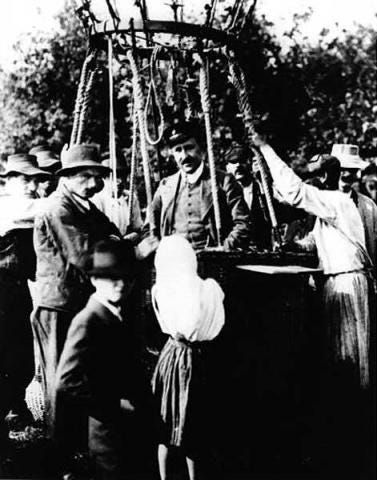
Discoveries
09 September 1932
Carl Anderson discovers the positron.01 November 1955
The Bevatron discovers the antiproton.03 October 1956
The Bevatron discovers the antineutron.01 September 1965
First observations of antinuclei.15 September 1995
First antiatoms produced: antihydrogen, at CERN.18 September 2002
ATHENA and ATRAP create "cold" antimatter.
Measurement of Properties of Antimatter
30 April 2013
ALPHA's first direct analysis of effect of gravity on antimatter.03 June 2014
CERN’s ALPHA experiment measures charge of antihydrogen.19 December 2016
ALPHA's first observation of the light spectrum of antimatter.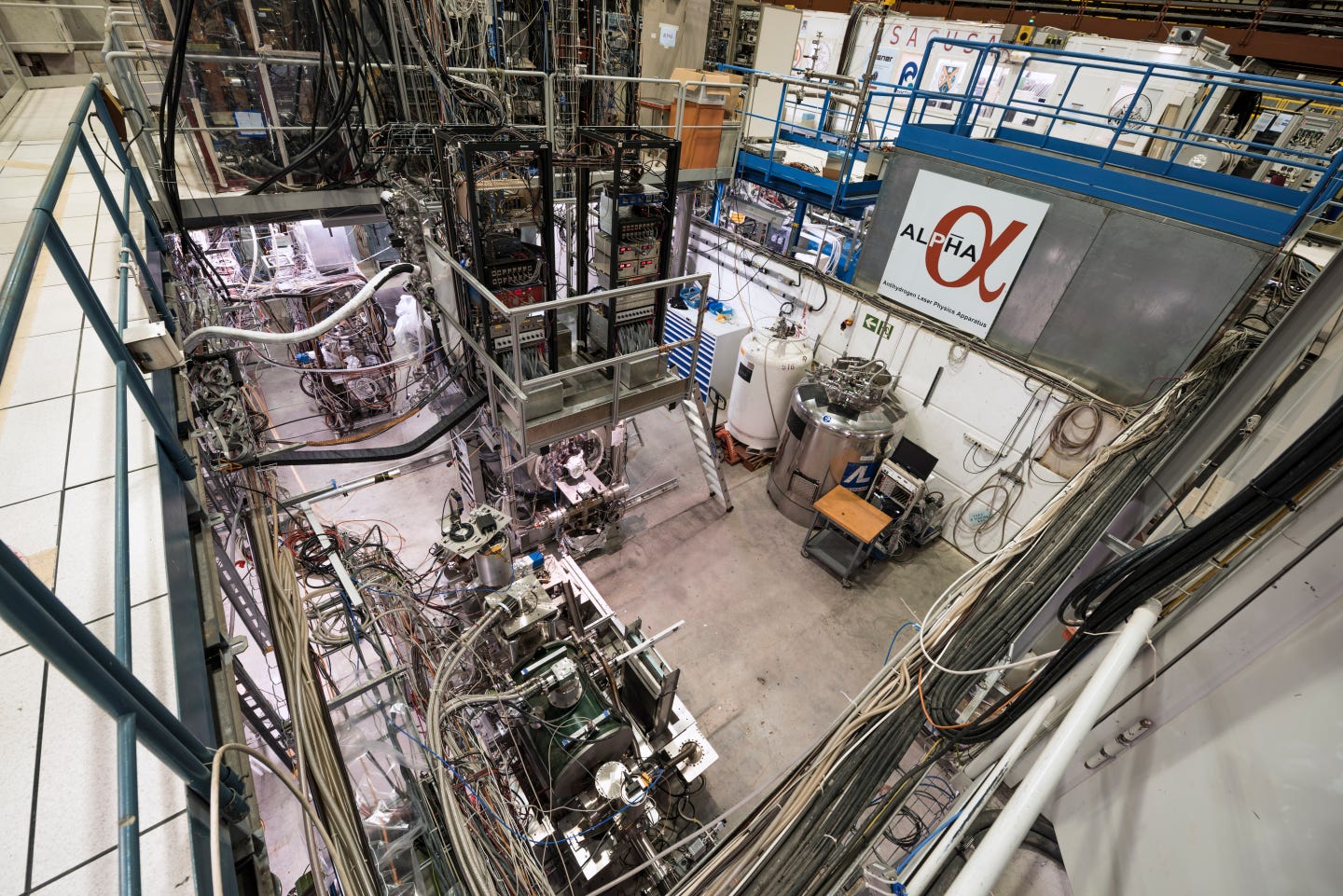
So antimatter is not just confined to theory. It really exists. But are Antiuniverses also possible? Is Antigravity real? We will find this out in near future.
Sources:
Ch 10, Physics of the Impossible, Michio Kaku
Antihydrogen - Wikipedia
The Story of Antimatter - CERN




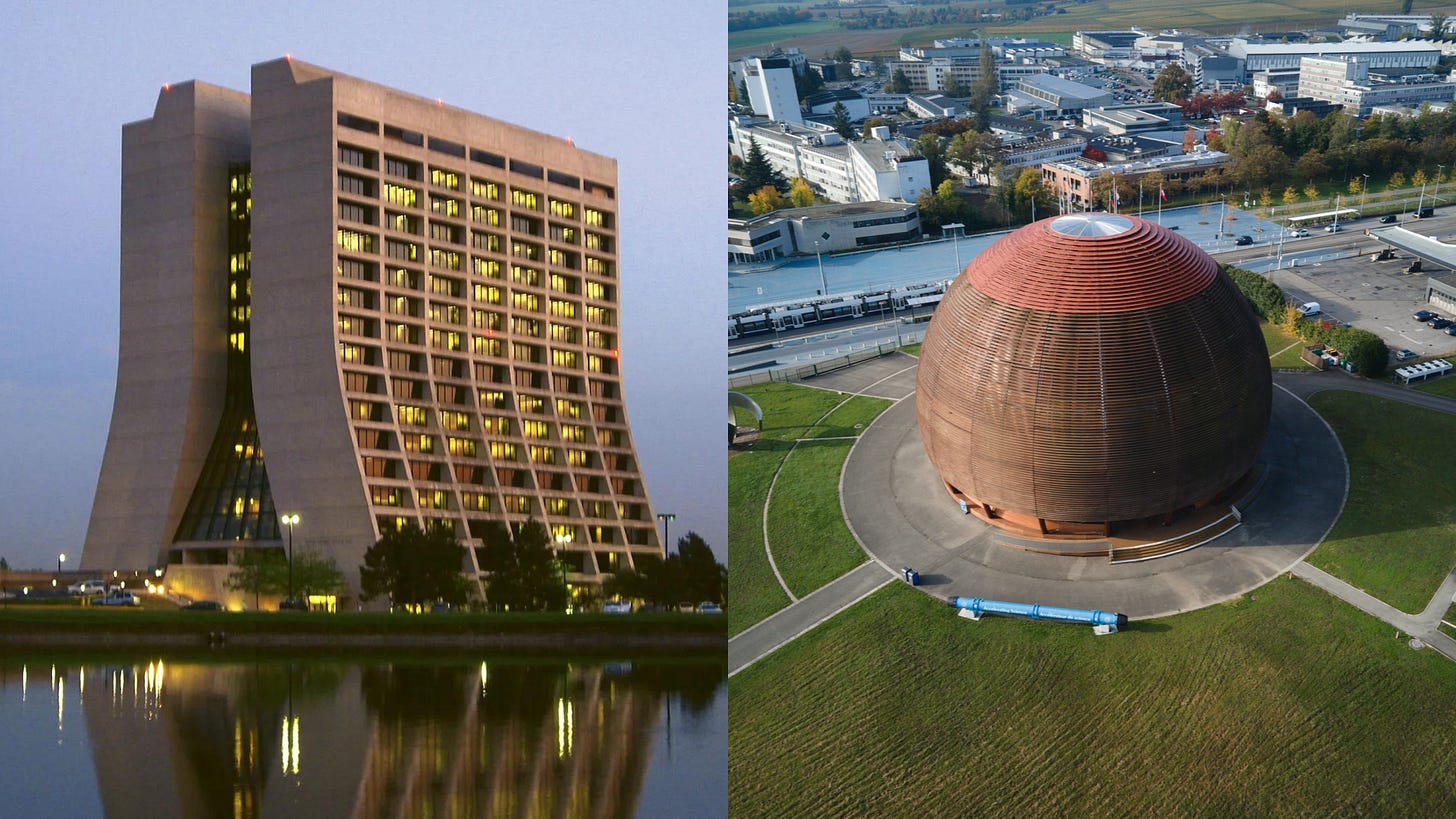

Hello Samreet. It's good to see how you are working hard to keep it running. Well done 🙌